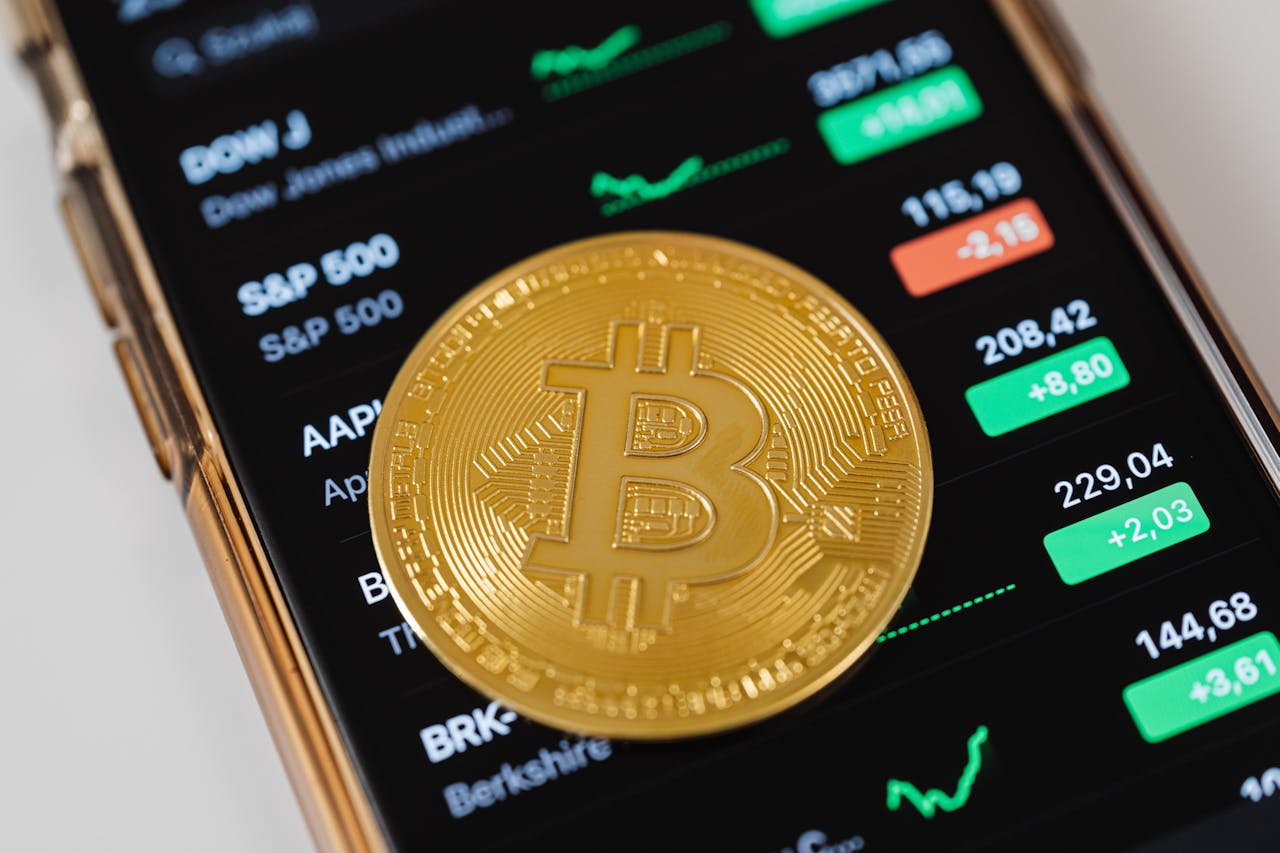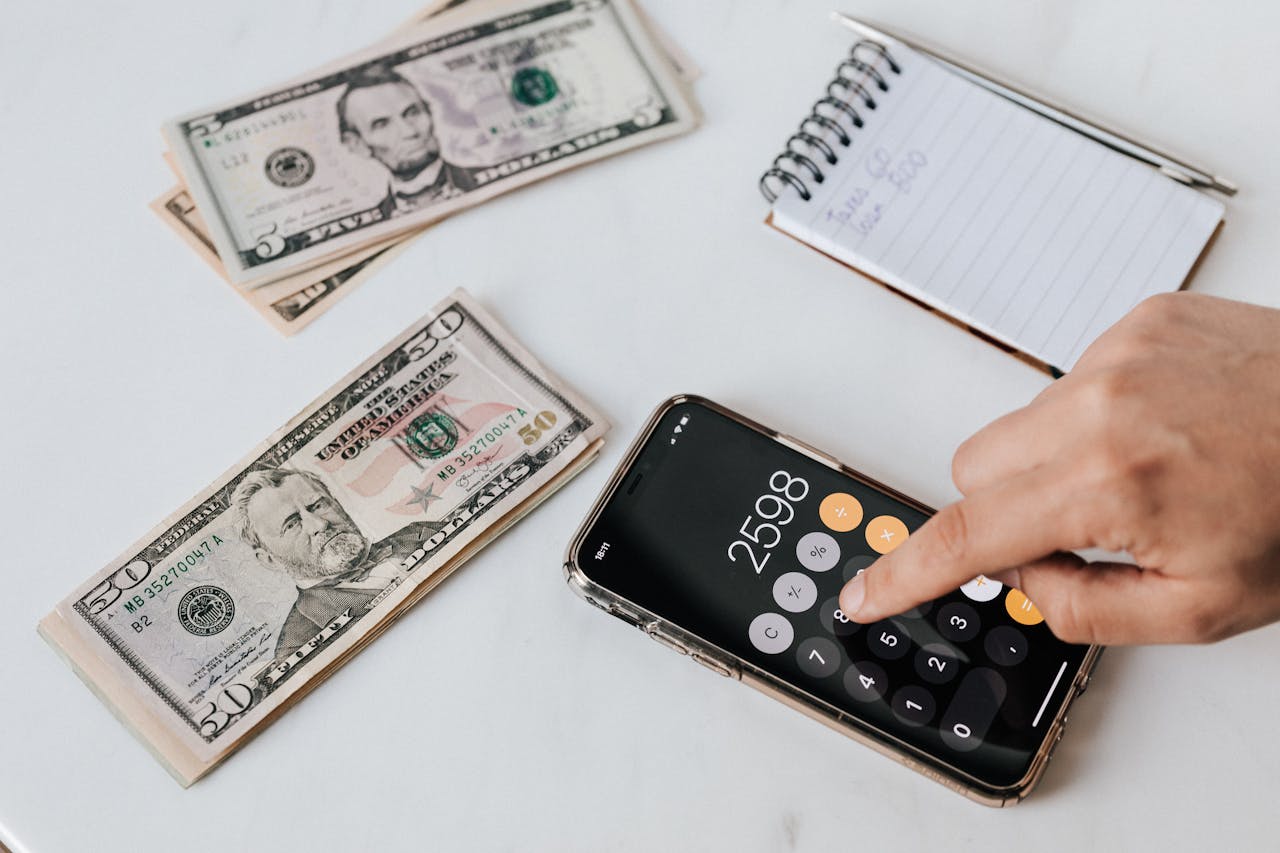Understanding Bitcoin’s Wild Ride
Bitcoin is often referred to as digital gold, and while it’s become a popular investment asset, one thing stands out about it—its volatility. You might wake up one morning to see Bitcoin up 15%, and by evening, it’s down 20%. So, why is Bitcoin so unstable?
This question has puzzled new investors, financial experts, and everyday people alike. In this article, we’ll break down the real and trending reasons behind Bitcoin’s price swings and what that means for those investing or planning to enter the crypto space.
1. Bitcoin Is Still a Young Asset Class
Traditional currencies and stock markets have been around for centuries. Bitcoin, however, was only launched in 2009. That makes it a relatively new financial product.
Because of its short history:
- There’s less long-term data
- Market participants are still learning how it reacts to economic shifts
- Institutional investment is still evolving
The result? A less mature market that’s more vulnerable to sharp swings when new information surfaces.
2. Speculation Drives a Huge Portion of Bitcoin’s Price
One of the most critical answers to why is Bitcoin so unstable lies in speculative trading. A massive chunk of Bitcoin activity is driven by:
- Retail investors chasing quick profits
- Whales (people or entities holding large amounts of BTC) making sudden moves
- Fear of missing out (FOMO) and fear, uncertainty, and doubt (FUD)
These emotional behaviors lead to dramatic boom-and-bust cycles, such as:
- The 2017 bull run, when Bitcoin rose from under $1,000 to nearly $20,000
- The 2021 explosion, reaching over $60,000 and crashing down again
When a market is driven more by emotion than fundamentals, price swings are inevitable.
3. Limited Liquidity Magnifies Price Swings
Compared to traditional markets, Bitcoin has lower liquidity. This means there aren’t as many buyers and sellers constantly trading at scale.
Even though Bitcoin has a market cap in the hundreds of billions, a significant portion is:
- Held long-term in wallets that rarely move coins
- Lost (millions of BTC are permanently inaccessible due to forgotten keys)
- Not traded frequently
This leads to:
- Thin order books: A single large buy/sell order can move the market
- Price slippage: Traders might not get the price they expected
- Volatility spikes: Especially during periods of high news flow
4. Regulatory Uncertainty Creates Nervous Markets
Another reason why is Bitcoin so unstable is that governments haven’t fully decided how to regulate it. Crypto regulation is inconsistent across the globe:
- The U.S. Securities and Exchange Commission (SEC) has clamped down on crypto exchanges like Coinbase and Binance.
- China has banned crypto trading altogether.
- Europe is introducing the MiCA (Markets in Crypto Assets) regulation to increase transparency.
Every time a regulatory announcement is made, Bitcoin reacts sharply. For example:
- When China cracked down on crypto mining in 2021, Bitcoin dropped nearly 30%.
- When the SEC approved a Bitcoin ETF in 2024, Bitcoin surged.
Investors don’t like uncertainty—and with crypto, there’s plenty of it.
5. Media Hype and Social Media Amplify Volatility
In the digital age, news travels fast, and so does misinformation. A single tweet or YouTube video can cause:
- Buying frenzies
- Panic selling
- Price manipulation
Remember when Elon Musk tweeted about Tesla no longer accepting Bitcoin due to environmental concerns in 2021? Bitcoin dropped by over 10% in a day.
Platforms like:
- X (formerly Twitter)
- Reddit (r/CryptoCurrency)
- TikTok finance influencers
…contribute to massive sentiment shifts that impact price faster than traditional markets.
6. Limited Use as a Currency
Bitcoin was designed as a peer-to-peer electronic cash system, but it’s mostly used as a store of value or investment.
Why?
- Transaction fees can be high during network congestion
- Slow confirmation times make it hard for everyday use
- Merchants don’t widely accept it due to price swings
So, its value is driven not by spending, but by demand for holding and trading—both inherently unstable.
7. Supply Is Fixed, Demand Is Not
Bitcoin’s supply is capped at 21 million coins. This makes it a deflationary asset by design.
While this scarcity is often praised, it also means:
- Prices are extremely sensitive to changes in demand
- Events like Bitcoin “halvings” (which reduce mining rewards every 4 years) cause supply shocks
- There’s no central bank to stabilize the currency
In contrast, traditional currencies can be stabilized by monetary policy. Bitcoin doesn’t have that safety net.
8. Global Economic Events Hit Bitcoin Hard
Unlike national currencies, Bitcoin has no borders. It’s a global asset, which makes it susceptible to:
- Interest rate hikes (e.g., U.S. Federal Reserve policy changes)
- Inflation fears
- Recessions and war
- Global banking crises
When traditional markets crash, many investors sell off risky assets, including crypto. Bitcoin is often among the first to go, due to its speculative nature.
This is why it’s sometimes correlated with stock indexes like the Nasdaq or S&P 500.
9. Market Manipulation Is Still a Risk
Because crypto is still less regulated, it’s more vulnerable to manipulation tactics like:
- Pump and dump schemes
- Wash trading on unregulated exchanges
- Coordinated social media efforts to move markets
These schemes create false signals of demand, suck in retail investors, and cause massive collapses once the hype fades.
That’s another major reason why is Bitcoin so unstable compared to traditional investments.
10. Institutional Adoption Is Still Mixed
The entry of institutions was expected to stabilize crypto—but adoption has been uneven.
While some major firms like BlackRock, Fidelity, and PayPal have embraced Bitcoin, others remain cautious.
Institutional buyers bring:
- Larger capital inflows
- Longer holding strategies
- Market maturity
But when these players exit the market (due to macroeconomic fears, for instance), Bitcoin feels the shock harder.
11. Technical Factors Cause Swings Too
Bitcoin’s price also reacts to technical analysis—traders watching:
- Support/resistance levels
- Moving averages
- Volume patterns
When key price levels are broken, automatic trading bots and day traders jump in or out of positions. This causes:
- Flash crashes
- Sudden spikes
- Momentum-based moves
These rapid-fire trades can lead to wild swings in a matter of minutes.
Final Thoughts: Should You Fear the Volatility?
If you’ve been asking, “Why is Bitcoin so unstable?” the answer lies in a mix of:
- Its youth
- Speculative nature
- Regulatory uncertainty
- Technological and economic influences
But volatility isn’t always bad. It offers opportunities—if you’re informed.
What You Can Do:
- Invest only what you can afford to lose
- Use dollar-cost averaging (DCA) to reduce entry risk
- Keep up with credible crypto news
- Diversify your investment portfolio
- Hold long-term, and avoid emotional trading












